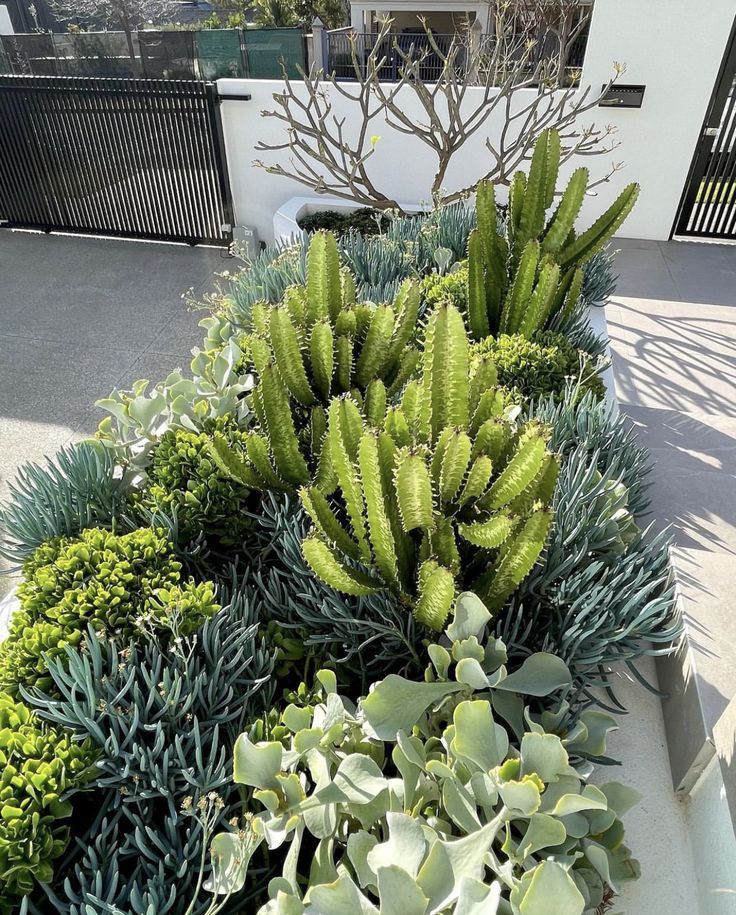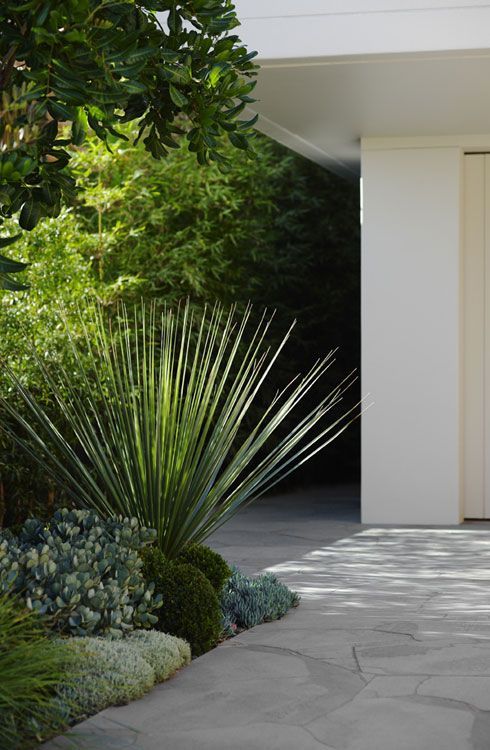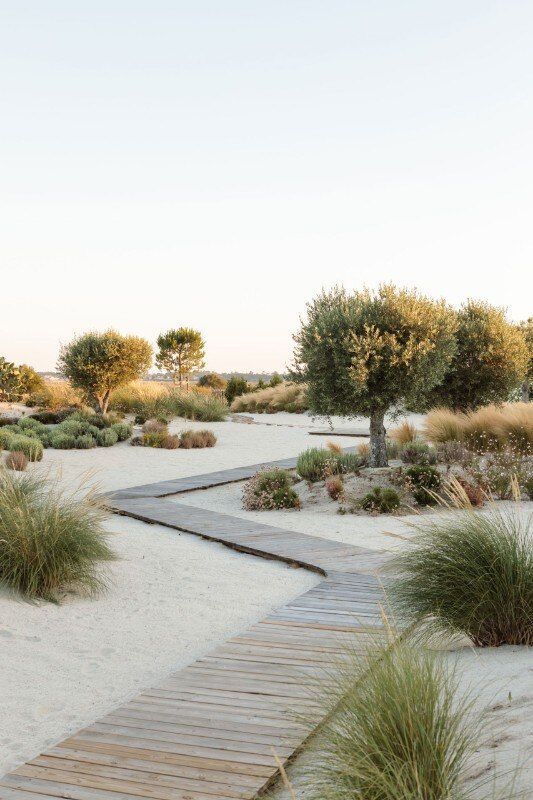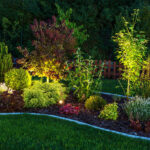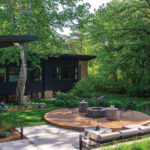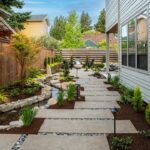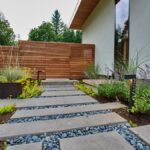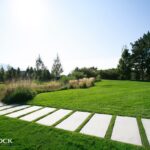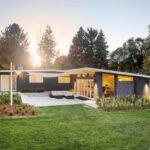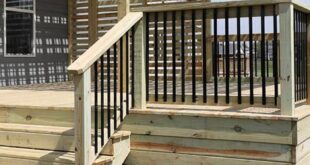Modern landscaping has shifted away from traditional concepts of manicured lawns and orderly flower beds to embrace a more naturalistic and sustainable approach. This shift can be seen in the increasing popularity of native plants, drought-resistant landscaping, and low-maintenance designs. By blending plantings with the natural environment, modern landscaping seeks to create outdoor spaces that are not only aesthetically pleasing but also environmentally friendly.
One of the key principles of modern landscaping is the use of native plants. Native plants are well-adapted to the local climate and soil conditions, making them easier to care for and more resilient to pests and diseases. Additionally, native plants support local wildlife by providing food and shelter for birds, butterflies, and other beneficial insects. By incorporating native plants into their designs, landscapers can create beautiful and sustainable landscapes that are in harmony with the surrounding ecosystem.
Another important aspect of modern landscaping is the use of drought-resistant plants and xeriscaping techniques. With water scarcity becoming an increasingly pressing issue in many parts of the world, landscapers are turning to plants that require less water to thrive. Xeriscaping, which involves designing landscapes that are water-efficient and low-maintenance, has become a popular trend in modern landscaping. By using techniques such as mulching, drip irrigation, and grouping plants with similar water needs together, landscapers can create beautiful and sustainable landscapes that require minimal water and maintenance.
In addition to using native and drought-resistant plants, modern landscaping also emphasizes the importance of sustainable practices such as composting, rainwater harvesting, and using organic fertilizers. By reducing waste, conserving water, and minimizing the use of chemicals, landscapers can create outdoor spaces that are not only beautiful but also ecologically sound. These sustainable practices help to create healthy soil, reduce pollution, and support biodiversity, ultimately contributing to a more resilient and sustainable environment.
Incorporating design elements such as outdoor living spaces, edible gardens, and pollinator-friendly plantings is another hallmark of modern landscaping. By creating outdoor spaces that are both functional and beautiful, landscapers can enhance the quality of life for homeowners while also supporting local wildlife and ecosystems. Features such as patios, fire pits, and kitchens allow homeowners to enjoy their outdoor spaces year-round, while edible gardens and pollinator-friendly plantings provide food for both people and wildlife.
Overall, modern landscaping is all about creating outdoor spaces that are not only visually appealing but also sustainable, functional, and beneficial to the environment. By incorporating native plants, drought-resistant landscaping, sustainable practices, and thoughtful design elements, modern landscapers are able to create landscapes that are both beautiful and ecologically sound. As our understanding of the importance of protecting and preserving the environment continues to grow, modern landscaping will likely become even more popular as homeowners seek to create outdoor spaces that are both aesthetically pleasing and environmentally friendly.
 yishifashion Where Outdoor Dreams Become Reality
yishifashion Where Outdoor Dreams Become Reality
